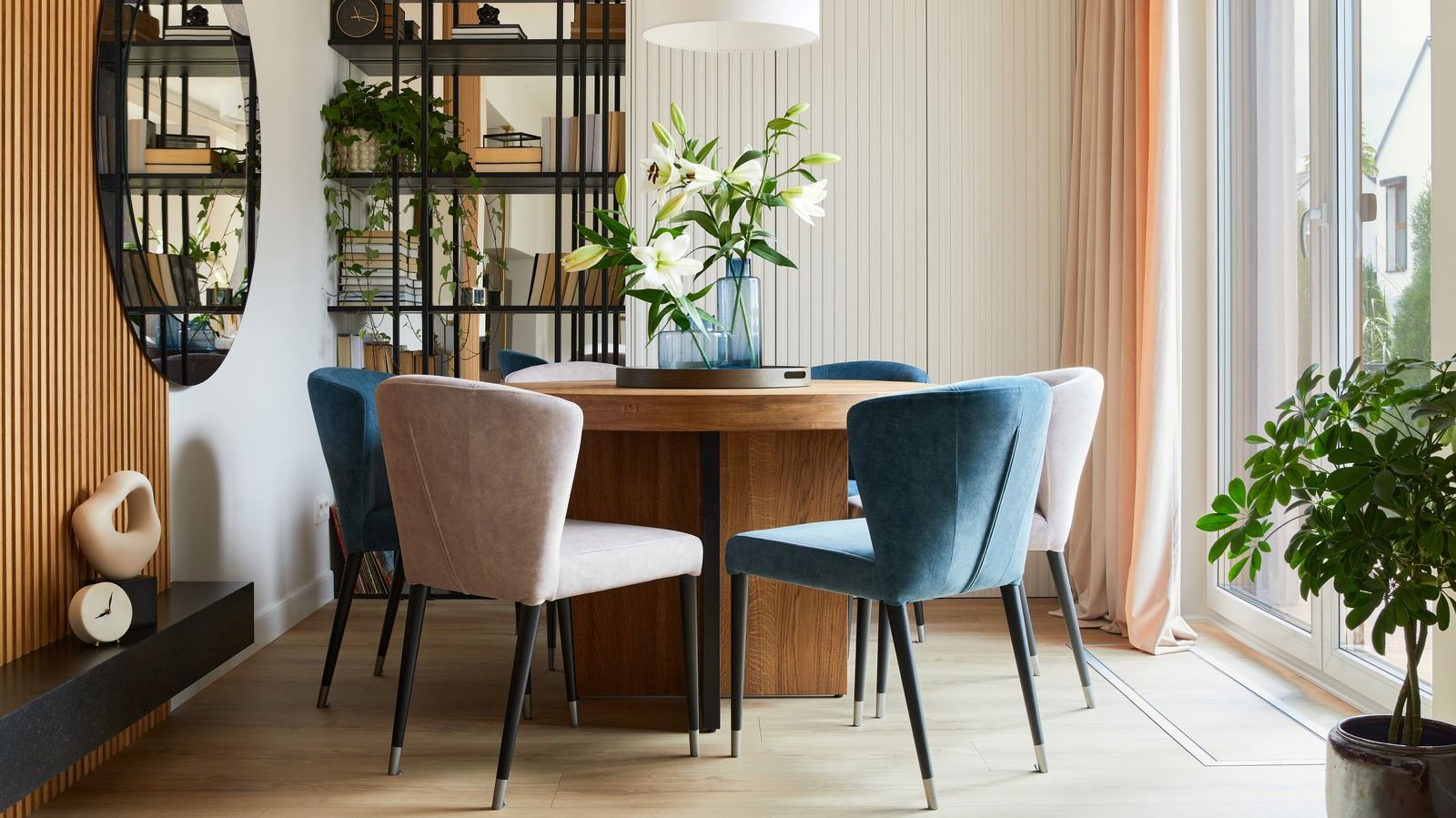

Articles
How To Arrange Dining Room
Modified: February 24, 2024
Learn effective ways to arrange your dining room with these informative articles. Make the most of your space and create a stylish and functional dining area.
(Many of the links in this article redirect to a specific reviewed product. Your purchase of these products through affiliate links helps to generate commission for Storables.com, at no extra cost. Learn more)
Introduction
When it comes to designing and arranging your dining room, there are several factors to consider. From choosing the right dining table to setting up stylish lighting fixtures and organizing storage solutions, every aspect plays a crucial role in creating a comfortable and visually appealing space.
The dining room is not only a place to enjoy meals; it’s also a gathering spot where family and friends come together to share stories and create lasting memories. Therefore, creating a welcoming and functional atmosphere is essential. In this article, we will guide you through the process of arranging your dining room to ensure it meets your needs and reflects your personal style.
Whether you have a spacious dining area or a small nook, we will provide you with practical tips and ideas to maximize the space available and create a stunning dining experience. So, let’s begin by exploring the first step in arranging your dining room: choosing the right dining table.
Key Takeaways:
- Create a welcoming dining space by choosing the right table, comfortable chairs, and stylish lighting. Incorporate personal touches and efficient storage solutions for a cozy and functional atmosphere.
- Maximize a small dining room with space-saving strategies, light-colored furniture, and multipurpose pieces. Utilize wall space for decorative elements and create a visually appealing, open, and inviting space.
Read more: How To Arrange A Dining Room Table Setting
Choosing the Right Dining Table
The dining table is the centerpiece of any dining room, both in terms of functionality and aesthetic appeal. When selecting a dining table, there are a few key factors to consider.
Size: The size of your dining table should be determined by the available space in your dining area and the number of people you expect to seat regularly. Consider leaving enough room for comfortable movement around the table.
Shape: Dining tables come in various shapes, including rectangular, square, round, and oval. Each shape has its own advantages, so choose one that complements the overall style of your dining room and meets your specific needs.
Style: The style of your dining table should align with the overall design theme of your dining room. Whether you prefer a modern, rustic, or traditional look, there are countless options available to suit your taste.
Material: Dining tables are made from a variety of materials, including wood, glass, metal, and even stone. Consider durability, maintenance requirements, and the visual appeal of the material when making your selection.
Extension Options: If you often host large gatherings or have a flexible seating arrangement, choosing a dining table with extension capabilities can be a great idea. This allows you to easily accommodate extra guests when needed.
Once you have determined the size, shape, style, material, and any additional features you require, it’s time to consider the dining chairs.
Note: Remember to validate HTML encoding once you’re done.
Selecting Comfortable Dining Chairs
Choosing the right dining chairs is as important as selecting the perfect dining table. Not only should they complement the style of your dining room, but they should also provide comfort for your family and guests. Here are some factors to consider when selecting dining chairs:
- Comfort: Look for chairs with proper back support and cushioning to ensure your guests can dine comfortably for extended periods. Consider chairs with upholstered seats or padded cushions for added comfort.
- Style: Dining chairs come in various styles, such as traditional, modern, or eclectic. Choose chairs that blend well with your dining table and overall decor scheme. Consider the shape, material, and color that will enhance the aesthetic appeal of your dining room.
- Size and Proportions: Ensure that the chairs are proportionate to the dining table and the room’s size. Chairs that are too small or too large may not create a balanced look. Leave enough space between chairs for easy movement around the table.
- Material: Dining chairs can be made of different materials, including wood, metal, plastic, or a combination. Consider the durability, maintenance requirements, and visual effect of each material. Keep in mind that different materials may require different cleaning methods.
- Armchairs vs. Side Chairs: Decide whether you want armchairs, side chairs, or a combination of both. Armchairs provide extra comfort and a formal touch, while side chairs are more versatile and can be easily squeezed into smaller spaces.
- Mix and Match: To add visual interest and create an eclectic look, consider mixing and matching different styles of dining chairs. This can add a unique and personalized touch to your dining room.
Remember to sit in the chairs and test their comfort before making a final decision. Each person”s comfort preferences may vary, so it’s essential to choose chairs that accommodate everyone’s needs. Once you have chosen the perfect dining chairs, it’s time to think about lighting fixtures to create the right ambiance in your dining room.
Arranging Lighting Fixtures
The right lighting can greatly enhance the ambiance and functionality of your dining room. It sets the mood for intimate dinners, lively gatherings, or formal occasions. Here are some tips for arranging lighting fixtures in your dining room:
- Chandelier: A chandelier is a classic choice for a dining room centerpiece. Choose a size that is proportionate to your dining table and ceiling height. Hang it at a height that allows for enough headroom and provides adequate illumination.
- Pendant Lights: Pendant lights are a versatile option that can be hung in a row above the dining table or in a cluster for a dramatic effect. Consider the length of the cord or chain to ensure they hang at the right height.
- Wall Sconces: Wall sconces provide soft, ambient lighting and can be installed on the walls to create a warm and inviting atmosphere. Place them strategically to highlight artwork or architectural elements.
- Dimmer Switches: Install dimmer switches for your dining room lighting to have control over the intensity of the light. This allows you to adjust the lighting depending on the occasion and create the desired mood.
- Natural Light: If your dining room has windows or access to natural light, maximize its use by keeping the windows uncovered or using sheer curtains. Natural light creates a fresh and airy feel, especially during daytime meals.
- Task Lighting: Consider adding task lighting near a buffet, bar cart, or sideboard for practical purposes. This ensures that these areas are well-lit for serving, displaying, or accessing items.
- Ambient Lighting: Besides the main lighting fixtures, incorporate ambient lighting options such as floor lamps or table lamps to add additional layers of light and create a cozy atmosphere.
Experiment with different lighting combinations to find the perfect balance between functionality and aesthetics. Remember to choose light bulbs with the right color temperature to create the desired ambiance. Once your lighting is in place, it’s time to move on to setting up a stylish table decor.
Setting Up a Stylish Table Decor
A well-decorated dining table can instantly elevate the visual appeal of your dining room and create a welcoming atmosphere. Here are some tips for setting up a stylish table decor:
- Tablecloth or Runner: Start by selecting a tablecloth or runner that complements the style and color scheme of your dining room. This serves as the foundation for your table decor and protects your table from spills and scratches.
- Centerpiece: Choose a centerpiece that becomes the focal point of your table decor. It can be a vase of fresh flowers, a decorative bowl with seasonal fruits, or a statement piece such as a candle holder or a sculpture.
- Tableware: Coordinate your tableware with the theme of your dining room. Use matching or complementary dinner plates, salad plates, and bowls. Don’t forget about elegant glassware and silverware to complete the look.
- Placemats and Napkins: Add texture and color to your table by using placemats and napkins. They can be matched to your tablecloth or contrasted to create visual interest. Consider using fabric napkins for an added touch of luxury.
- Table Decorations: Enhance your table decor with additional decorative elements. This can include small vases with flowers or greenery, tea lights or candles for a cozy ambiance, or themed decor items that reflect the season or a special occasion.
- Name Cards or Place Settings: If you’re hosting a formal event or want to add a personalized touch, consider using name cards or place settings. This adds an elegant and organized touch to your table.
- Balance and Proportions: Pay attention to the balance and proportions of your table decor. Avoid overcrowding the table with too many decorations. Opt for a balanced arrangement that allows guests to have enough space for their plates and cutlery.
- Clean and Well-Organized: Before each meal, ensure that your table decor is clean and well-organized. Remove any unnecessary items and wipe down the table surface to create a polished and inviting look.
Remember, the key to a stylish table decor is to express your personal style and create a welcoming and visually pleasing atmosphere. Once you have set up your table decor, it’s time to consider organizing storage solutions for your dining room.
Read more: How To Arrange A Square Living Room
Organizing Storage Solutions
Efficient storage solutions in your dining room not only help keep the space organized but also provide easy access to dining essentials. Here are some storage ideas to consider:
- Sideboards or Buffets: Sideboards or buffets are versatile furniture pieces that offer ample storage for dishes, glassware, and other dining essentials. Choose one with drawers, shelves, and cabinets to organize items based on their size and frequency of use.
- Display Cabinets: If you have beautiful china or decorative pieces that you want to showcase, consider investing in a display cabinet. It not only provides storage but also adds a touch of elegance to your dining room.
- Wall-Mounted Shelves: Install wall-mounted shelves to display and store items such as cookbooks, decorative plates, or wine glasses. This saves space and adds a decorative element to your dining room walls.
- Built-in Cabinets: If you have the flexibility to make modifications to your dining room, consider installing built-in cabinets. Customized storage solutions can help you maximize space and create a seamless and integrated look.
- Bar Cart: A bar cart can not only store your spirits and bar accessories but also serve as a stylish statement piece. It adds a touch of sophistication and provides easy access to drinks during gatherings.
- Drawer Inserts and Dividers: To keep your drawers organized, use inserts and dividers. This allows you to separate and categorize items such as cutlery, napkins, and table linens for easy retrieval.
- Multi-functional Furniture: Consider furniture pieces that serve dual purposes, such as a dining table with built-in storage compartments or benches with hidden storage inside. This maximizes functionality and optimizes space.
- Overhead Racks: If you have a high ceiling in your dining room, consider installing overhead racks to store large platters, trays, or seasonal decorations. This effectively utilizes vertical space while keeping items within reach.
Assess your storage needs and the available space in your dining room to determine the most suitable storage solutions. Remember, a well-organized dining room allows for a smooth dining experience and offers convenience when hosting guests.
In addition to storage solutions, it’s essential to create a comfortable and inviting dining atmosphere. Let’s explore some tips for achieving that in the next section.
Consider the flow of traffic in the dining room when arranging furniture. Ensure there is enough space for people to move around comfortably, and that chairs can be pulled out without obstruction.
Creating a Cozy Dining Atmosphere
A cozy dining atmosphere can transform your dining room into a welcoming and comfortable space where people love to gather and enjoy a meal. Here are some tips to help you create a cozy dining atmosphere:
- Warm Colors: Choose warm and inviting colors for the walls, curtains, and upholstery. Shades like deep reds, earthy browns, or soothing neutrals can create a cozy ambiance.
- Soft Lighting: Opt for soft, warm lighting to create a relaxed and intimate atmosphere. Use dimmer switches or table lamps with warm-toned bulbs to achieve a cozy glow.
- Textiles and Fabrics: Incorporate soft textiles and fabrics in your dining room decor. Add plush cushions to dining chairs, use table runners or placemats with a soft texture, and drape curtains or sheer fabrics to create a cozy feel.
- Layered Rugs: Place a plush rug underneath your dining table to add warmth and comfort. Layer it with a smaller rug or a runner for added texture and visual appeal.
- Natural Elements: Bring in natural elements like plants, flowers, or a bowl of fresh fruits to add a touch of nature and warmth to your dining room.
- Candles and Lanterns: Illuminate your dining area with candles or lanterns to create a warm and romantic ambiance. The soft flickering light adds instant coziness to any space.
- Soft Music: Play soft and melodic music in the background to create a soothing and laid-back atmosphere. Choose music that complements the mood and enhances the dining experience.
- Comfortable Seating: Ensure that your dining chairs are comfortable and inviting. Add cushions or seat pads for extra coziness, allowing your guests to relax and enjoy their meal without feeling discomfort.
- Personal Touches: Decorate your dining room with personal items or meaningful decor. Display family photos, artwork, or sentimental pieces that bring warmth and nostalgia to the space.
By incorporating these elements, you can create a cozy dining atmosphere that encourages relaxation, conversation, and enjoyment. It’s time to move on to the next step: incorporating functional sideboards or buffets into your dining room.
Incorporating Functional Sideboards or Buffets
Sideboards or buffets are not only stylish pieces of furniture but also serve a practical purpose in your dining room. These functional storage solutions can add both beauty and functionality to your space. Here are some ideas for incorporating sideboards or buffets into your dining room:
- Storage Space: Sideboards or buffets offer ample storage space for dinnerware, linens, glassware, and other dining essentials. Use the cabinets, drawers, and shelves to keep everything organized and easily accessible.
- Display and Decor: Utilize the top surface of the sideboard or buffet to display decorative items such as artwork, vases, or cherished family heirlooms. This adds a personal touch and enhances the aesthetic appeal of the dining room.
- Serving Area: During dinner parties or gatherings, a sideboard or buffet can serve as a convenient serving area. Use its flat surface to set up a self-serve station or to lay out appetizers and beverages for guests to enjoy.
- Additional Seating: Some sideboards or buffets may feature a built-in seating option, such as a bench or stools. This provides flexibility for seating arrangements and can be useful when hosting larger gatherings.
- Styling Opportunities: Use the sideboard or buffet as a backdrop for stylish vignettes. Play with different heights, textures, and colors by arranging decorative items, such as candles, plants, or art pieces, to create an eye-catching display.
- Functional Surfaces: Sideboards or buffets often have flat surfaces that can be utilized for practical purposes. Place a tray with beverages or a coffee station, allowing guests to serve themselves during informal gatherings.
- Mix and Match: Don’t be afraid to mix and match different furniture pieces in your dining room. If you have a dining table with chairs, consider pairing it with a sideboard or buffet from a different collection. This adds visual interest and creates a more eclectic and unique look.
Choose a sideboard or buffet that complements the style and size of your dining room. Consider materials, finishes, and design details that align with your overall decor theme. Remember that the sideboard or buffet should not only be functional but also enhance the visual appeal of your dining space.
As you incorporate a sideboard or buffet into your dining room, don’t forget to utilize the wall space for decorative elements. Let’s explore some ideas for utilizing the wall space in the next section.
Utilizing Wall Space for Decorative Elements
The walls in your dining room offer a blank canvas for adding decorative elements that can enhance the overall aesthetic and create a visually appealing space. Here are some creative ways to utilize the wall space in your dining room:
- Artwork: Hang artwork or framed prints on the walls to add color, texture, and visual interest. Choose pieces that complement the style and theme of your dining room and create a focal point or a gallery wall for a striking display.
- Mirrors: Mirrors are not only functional but also help create an illusion of space and reflect light. Hang a statement mirror or a collection of smaller mirrors to add depth and a touch of elegance to your dining room.
- Shelves: Install floating shelves or wall-mounted shelves to showcase decorative items, such as vases, sculptures, or collectibles. This not only adds visual interest but also provides an opportunity for easy rotation and display change-up.
- Plate Wall: Create a unique and eye-catching display by arranging decorative plates or vintage china on the wall. Coordinate the colors and patterns to create a cohesive and charming wall arrangement.
- Wallpaper or Wall Decals: Consider using wallpaper or wall decals to add pattern, texture, or a statement design to your dining room walls. This is a great way to create a focal point or add visual interest without overpowering the space.
- Wine Rack: If you’re a wine enthusiast, install a wall-mounted wine rack to display your collection. This not only serves as a functional storage solution but also adds a decorative element to your dining room.
- Floating Art Ledges: Use floating art ledges to display a rotating collection of artwork, photographs, or other framed pieces. This allows you to easily switch out and update your display to keep your dining room decor fresh and inspiring.
- Statement Wall Sculpture: Add a unique and sculptural element to your dining room by hanging a statement wall sculpture. Whether it’s a metal art piece, a woven tapestry, or a textured wall hanging, it will instantly draw attention and become a conversation starter.
Remember to consider the scale and proportion of the decorative elements in relation to the wall space and other furniture in your dining room. Avoid overcrowding the walls and maintain a balance between the different elements.
Utilizing the wall space in your dining room adds personality and character to the space. Whether you choose artwork, mirrors, shelves, or a combination of these, it’s an opportunity to showcase your style and make a design statement.
For those with small dining rooms, maximizing space efficiency is crucial. Let’s explore some helpful tips for maximizing space in small dining rooms in the next section.
Read more: How To Arrange Living Room With TV
Tips for Maximizing Space in Small Dining Rooms
Having a small dining room doesn’t mean you have to sacrifice style or functionality. With some clever strategies, you can maximize the space available and create a practical and visually appealing dining area. Here are some tips for making the most of small dining rooms:
- Choose a Round Table: Round dining tables take up less space and allow for better flow in a small dining room. They also create a more intimate atmosphere and can accommodate more people than rectangular tables of the same size.
- Consider Bench Seating: Opt for benches or banquettes instead of traditional dining chairs. Benches can be pushed underneath the table, saving space when not in use. They also provide flexibility for seating arrangements.
- Opt for Light-Colored Furniture: Light-colored furniture creates an illusion of space and makes the room feel larger and brighter. Choose dining tables, chairs, and storage solutions in neutral or light tones to visually expand your small dining room.
- Multipurpose Furniture: Look for furniture pieces that serve dual purposes. For example, consider a dining table with built-in storage or a sideboard that doubles as a workspace or bar area. This way, you can maximize functionality without taking up extra space.
- Wall-Mounted Drop-Leaf Table: If your dining room is exceptionally small, consider a wall-mounted drop-leaf table. It can be folded down when not in use, freeing up valuable floor space.
- Utilize Vertical Space: Make use of vertical space by installing shelves or wall-mounted cabinets. These can be used to display items, store essentials, or even act as a mini bar area. This leaves more floor space available for movement.
- Lighting Placement: Consider pendant lights or wall sconces that don’t take up valuable tabletop or floor space. This eliminates the need for large floor lamps or bulky light fixtures hanging above the dining table.
- Mirrors: Hang mirrors strategically to create the illusion of a larger space. Mirrors reflect light and can make a small dining room feel more open and spacious.
- Keep it Minimal: Avoid cluttering the dining room with unnecessary items. Opt for minimalist decor and only display essential pieces that enhance the overall aesthetic. This helps maintain a clean and uncluttered look.
- Foldable Chairs: If you occasionally need extra seating, invest in foldable chairs that can be stored away when not in use. This saves space and allows for flexibility in seating arrangements.
By implementing these space-saving strategies, you can make your small dining room functional and visually appealing. Remember that simplicity and minimalism are key when it comes to creating an open and inviting space.
With the tips provided, you now have a range of ideas and strategies to arrange and optimize your dining room. Implementing these recommendations will help you create a comprehensive and engaging dining experience that suits your style, maximizes space, and enhances the comfort and visual appeal of your dining area.
Validate HTML encoding.
Conclusion
Arranging your dining room involves careful consideration of various factors, from choosing the right dining table and chairs to arranging lighting fixtures and incorporating stylish decor. By following the tips and ideas provided in this article, you can create a dining space that is both functional and visually appealing.
Start with selecting the right dining table that suits the size and style of your dining room. Pair it with comfortable dining chairs that enhance the overall aesthetic. Consider the lighting fixtures in your dining room to create a warm and inviting atmosphere, and utilize wall space for decorative elements such as art, mirrors, or shelves.
Don’t forget about storage solutions; sideboards or buffets can add functionality and serve as a stylish focal point. Setting up a stylish table decor with the right tablecloth or runner, centerpiece, and tableware can create an inviting dining experience for your family and guests.
To create a cozy dining atmosphere, incorporate warm colors, soft lighting, and comfortable seating options. Utilize the space effectively in a small dining room by opting for multipurpose furniture, light-colored pieces, and maximizing vertical space.
Remember to personalize your dining room with personal touches and decor elements that reflect your style and create a welcoming and enjoyable dining experience. Whether you have a large dining space or a small nook, these tips will help you arrange and optimize your dining room for maximum comfort and style.
So, get creative, have fun, and create a dining room that is not only visually appealing but also a place where cherished memories are made and shared.
HTML encoding validated.
Frequently Asked Questions about How To Arrange Dining Room
Was this page helpful?
At Storables.com, we guarantee accurate and reliable information. Our content, validated by Expert Board Contributors, is crafted following stringent Editorial Policies. We're committed to providing you with well-researched, expert-backed insights for all your informational needs.
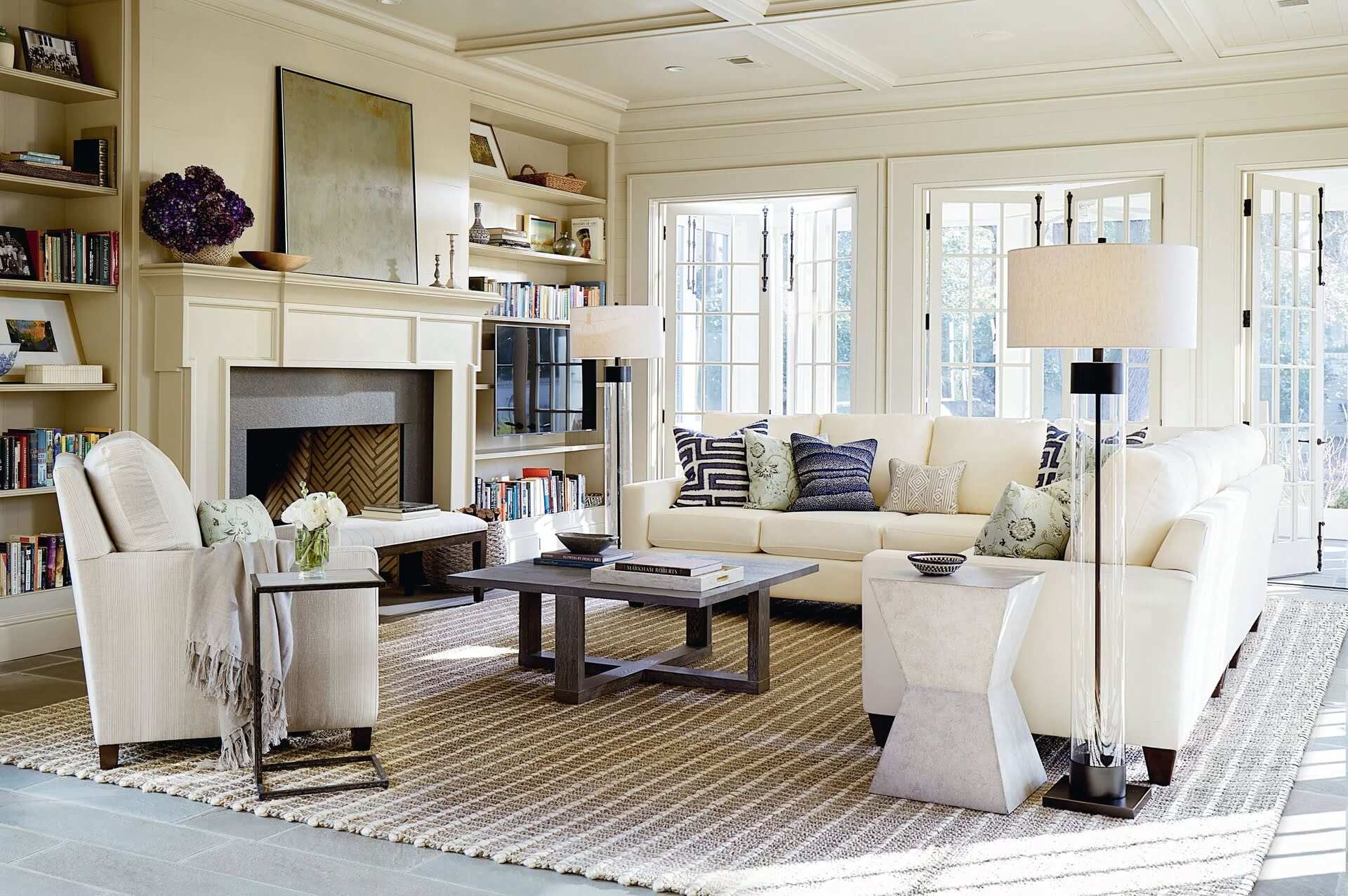
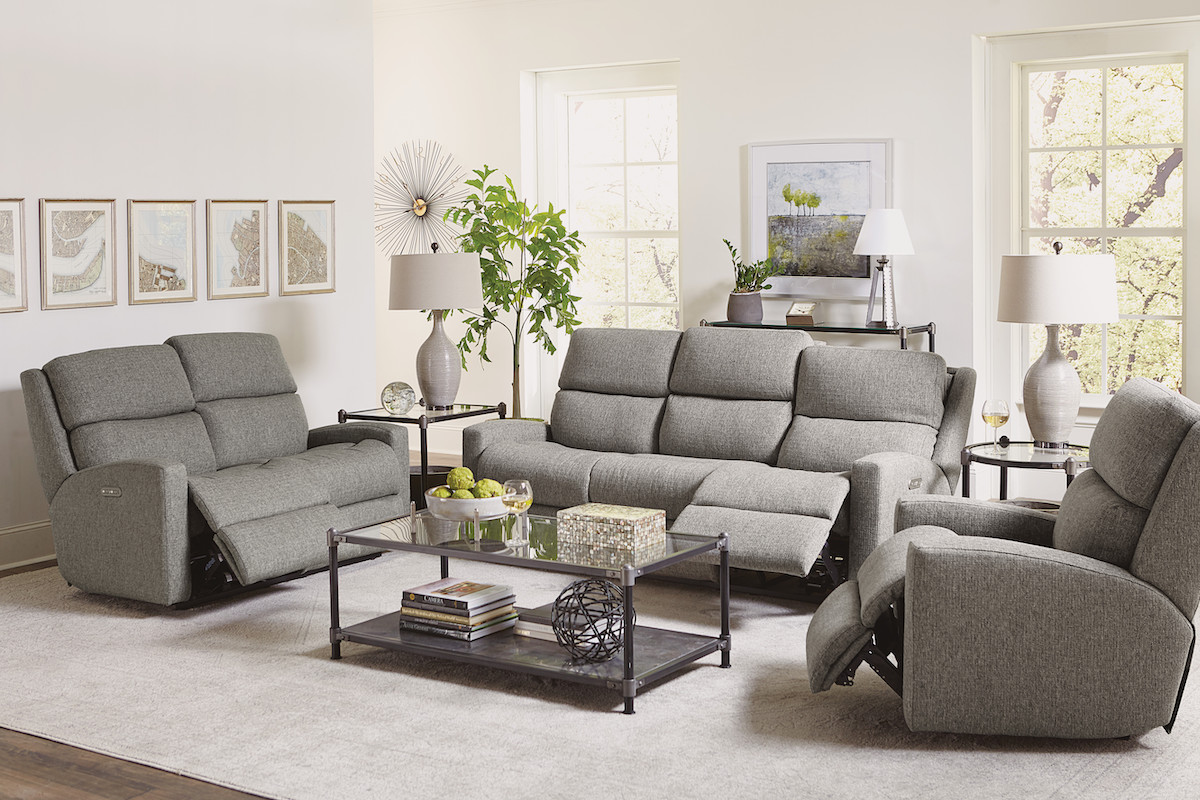
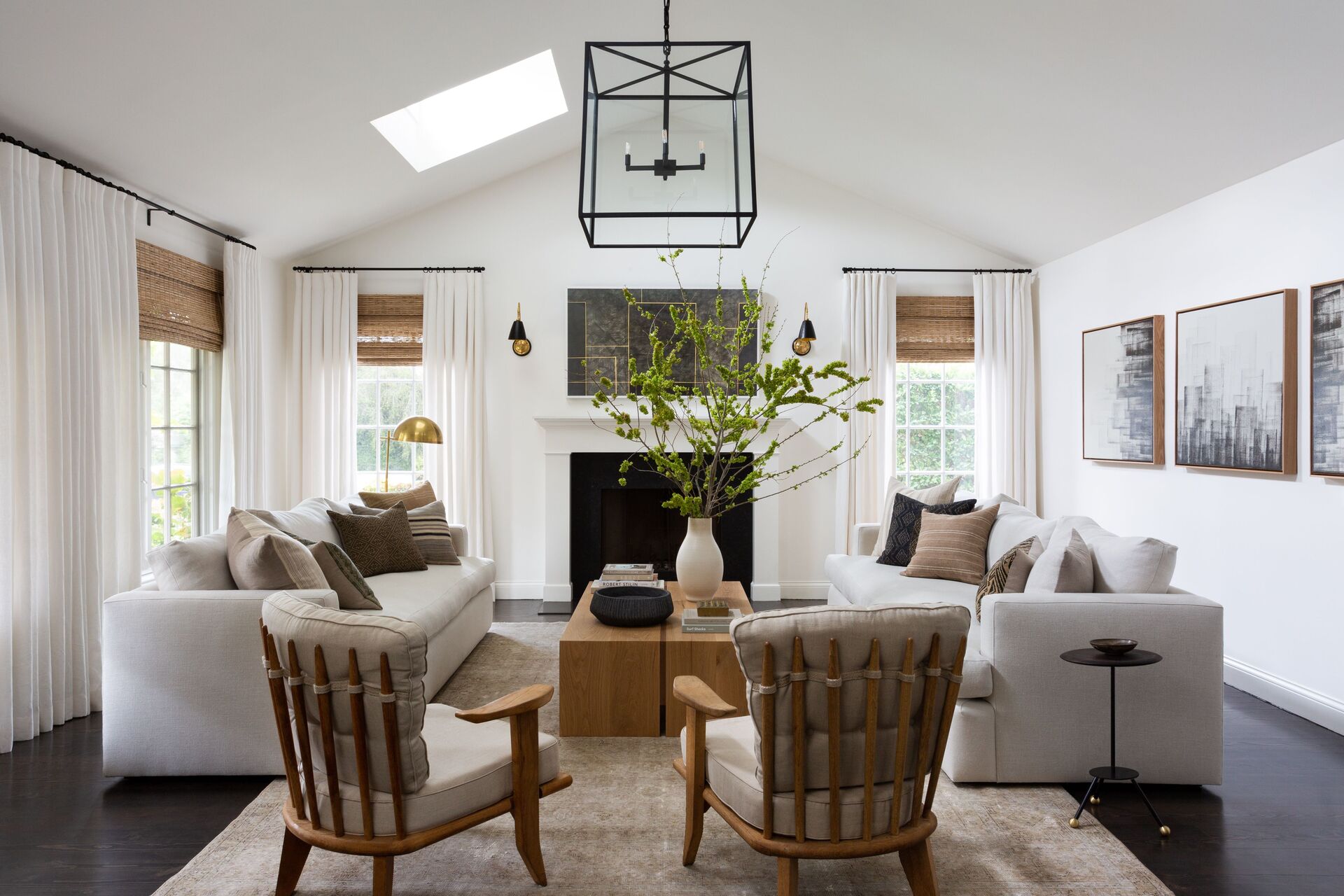

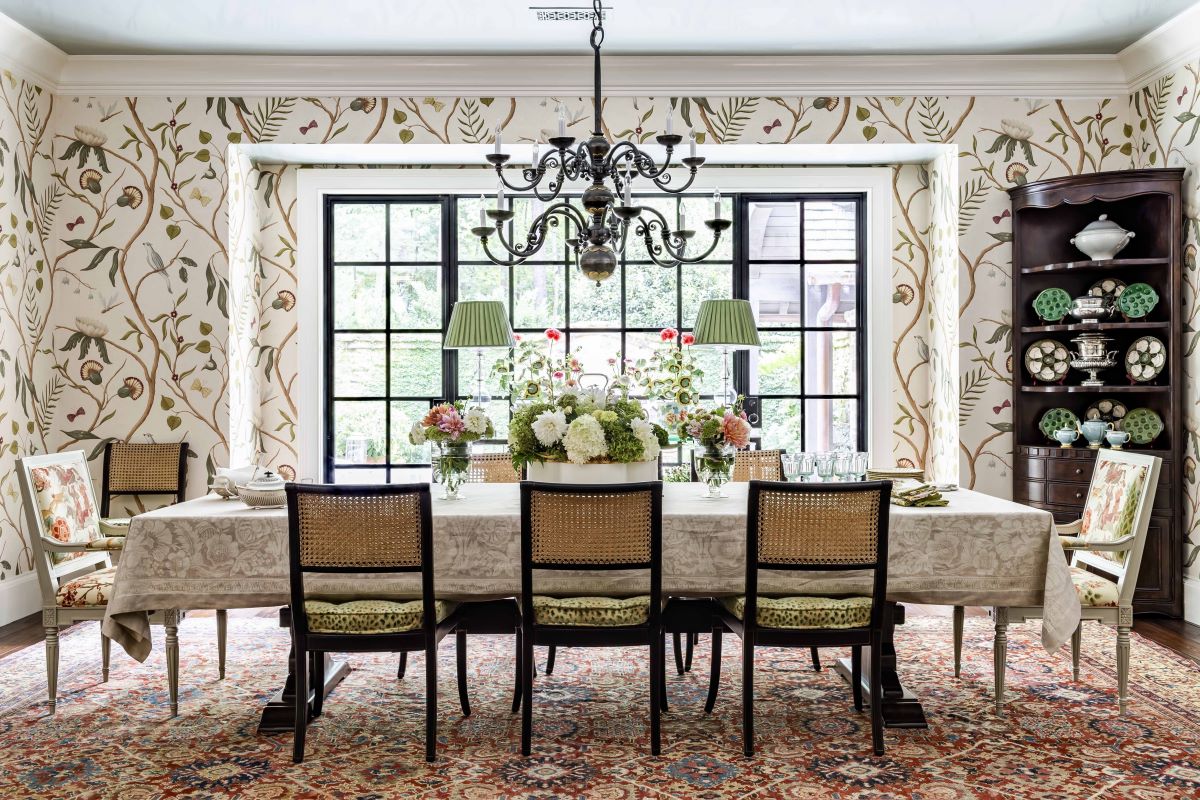
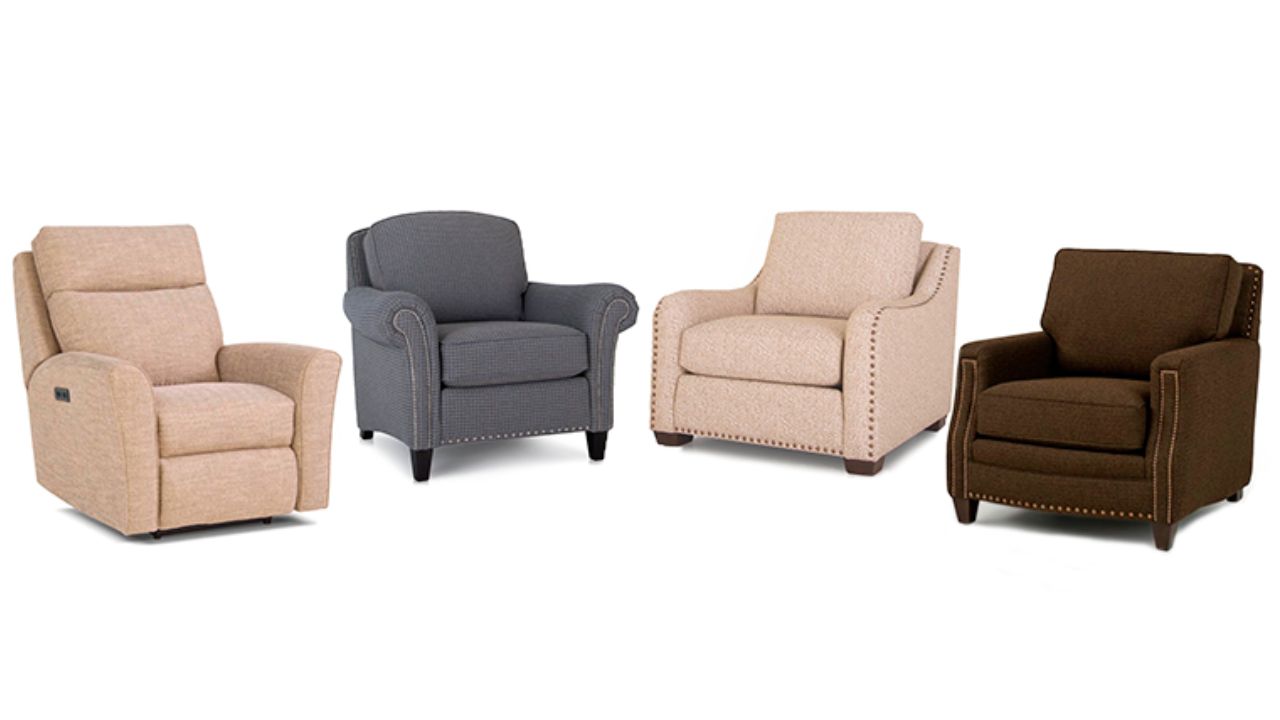
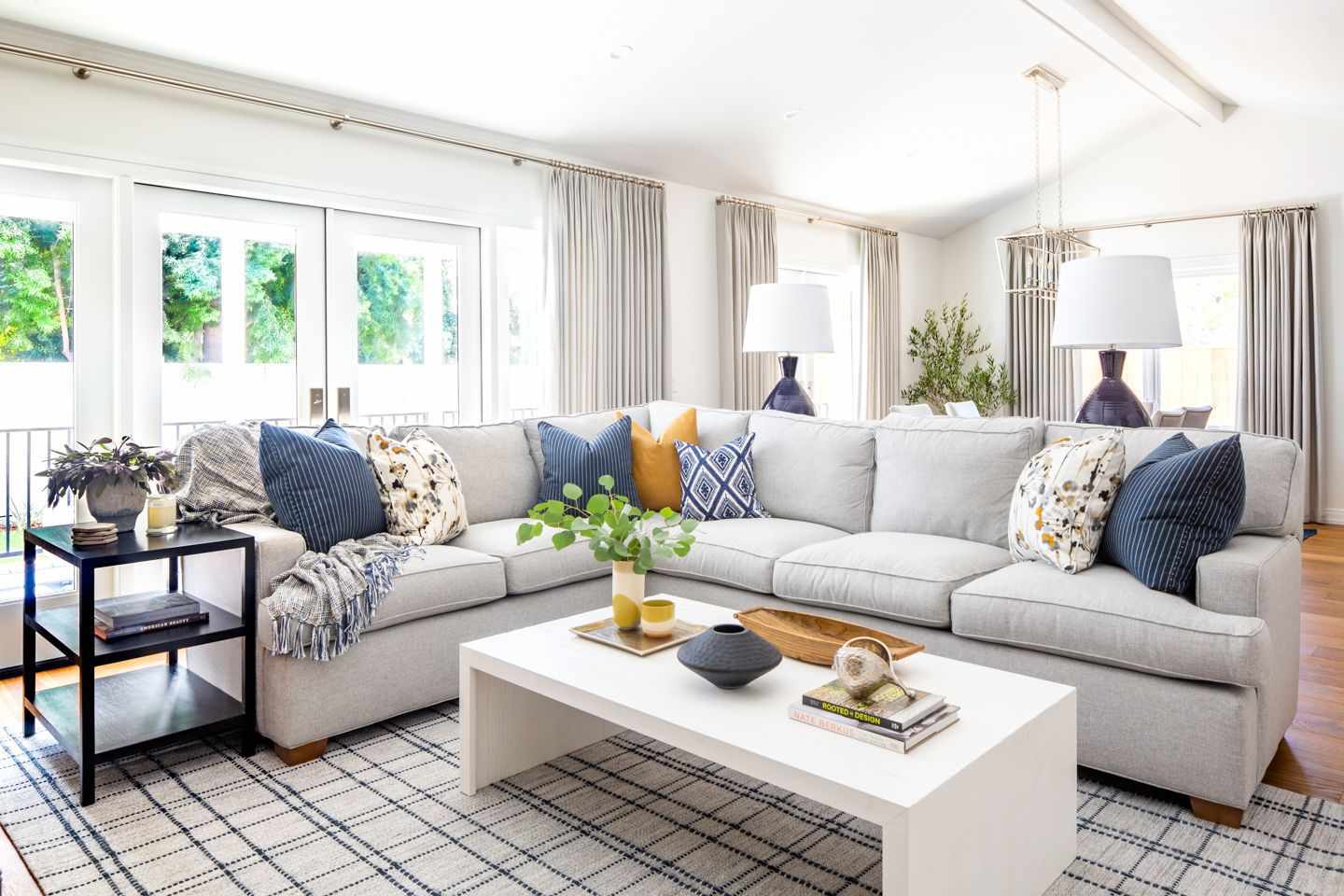
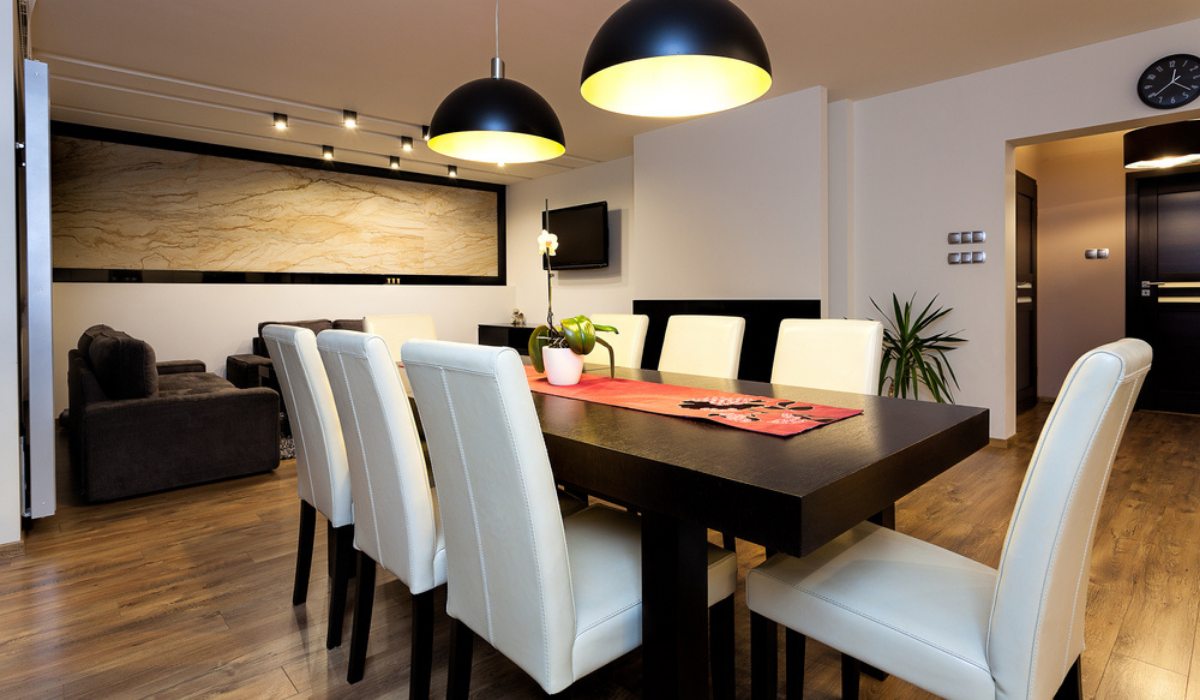
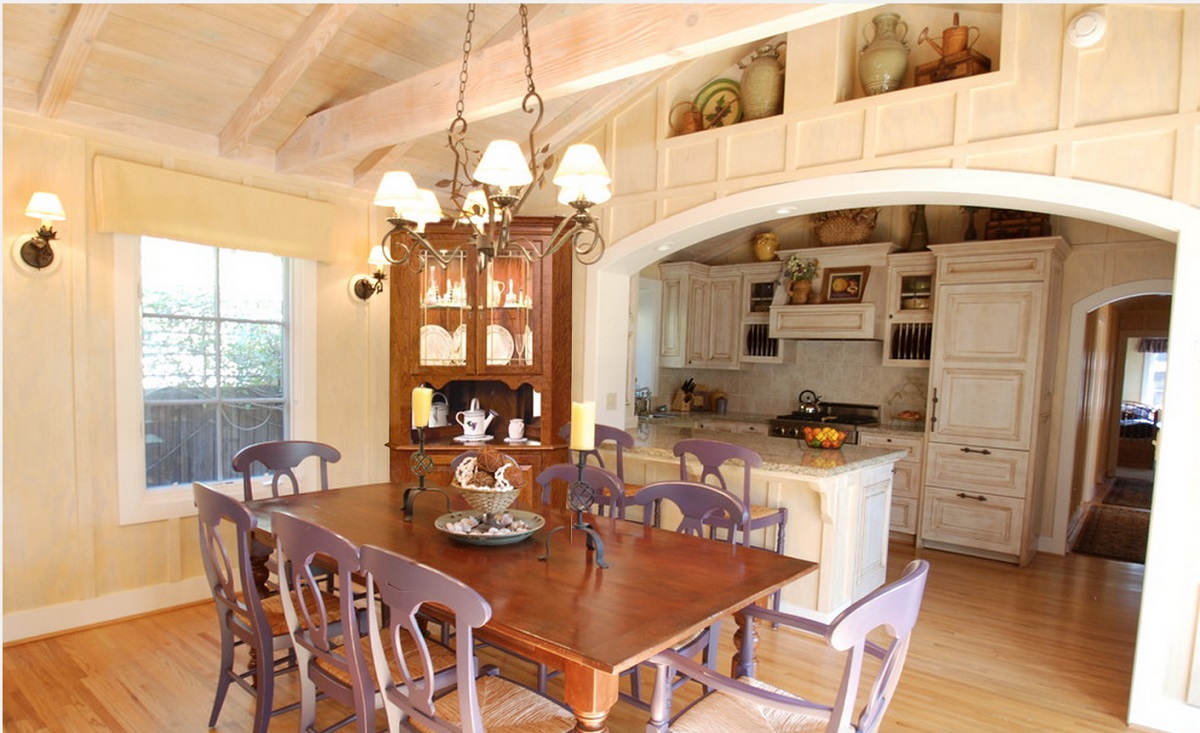

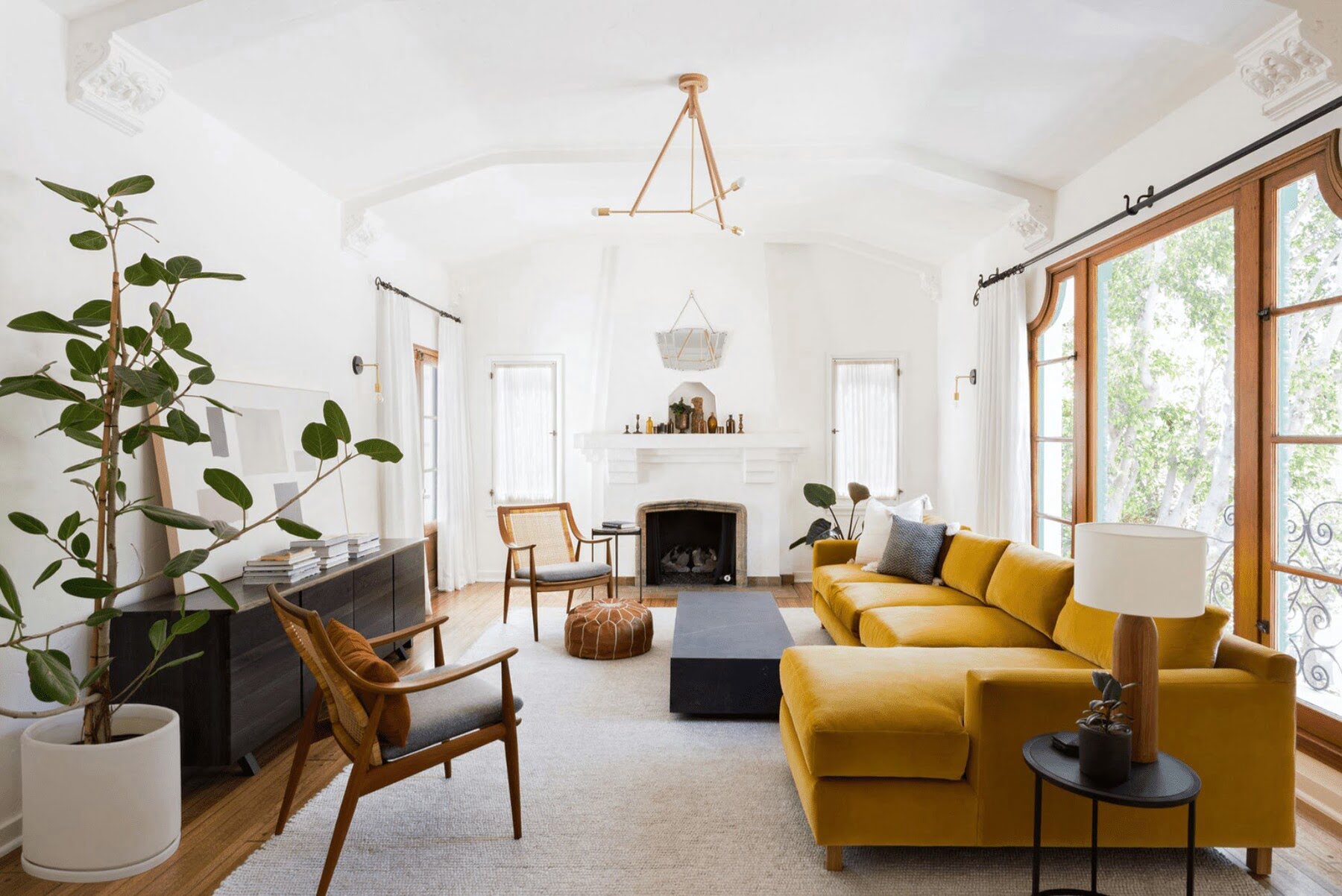
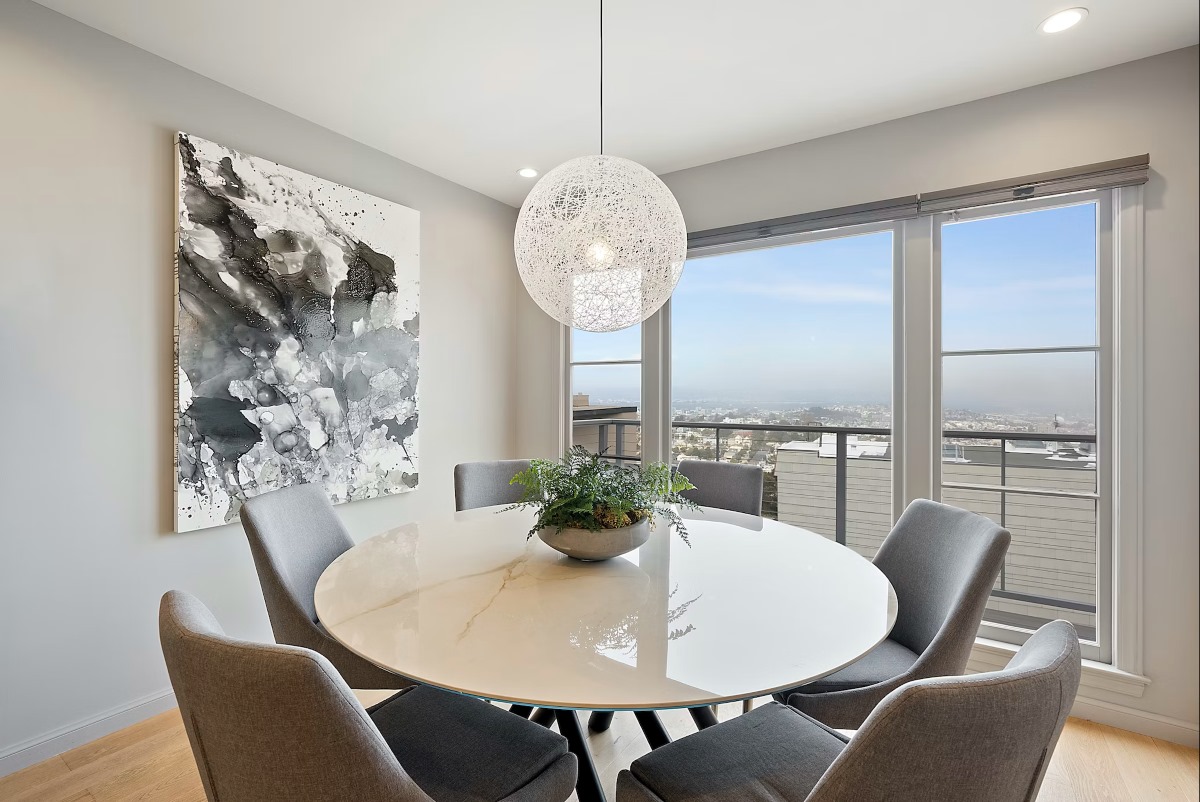
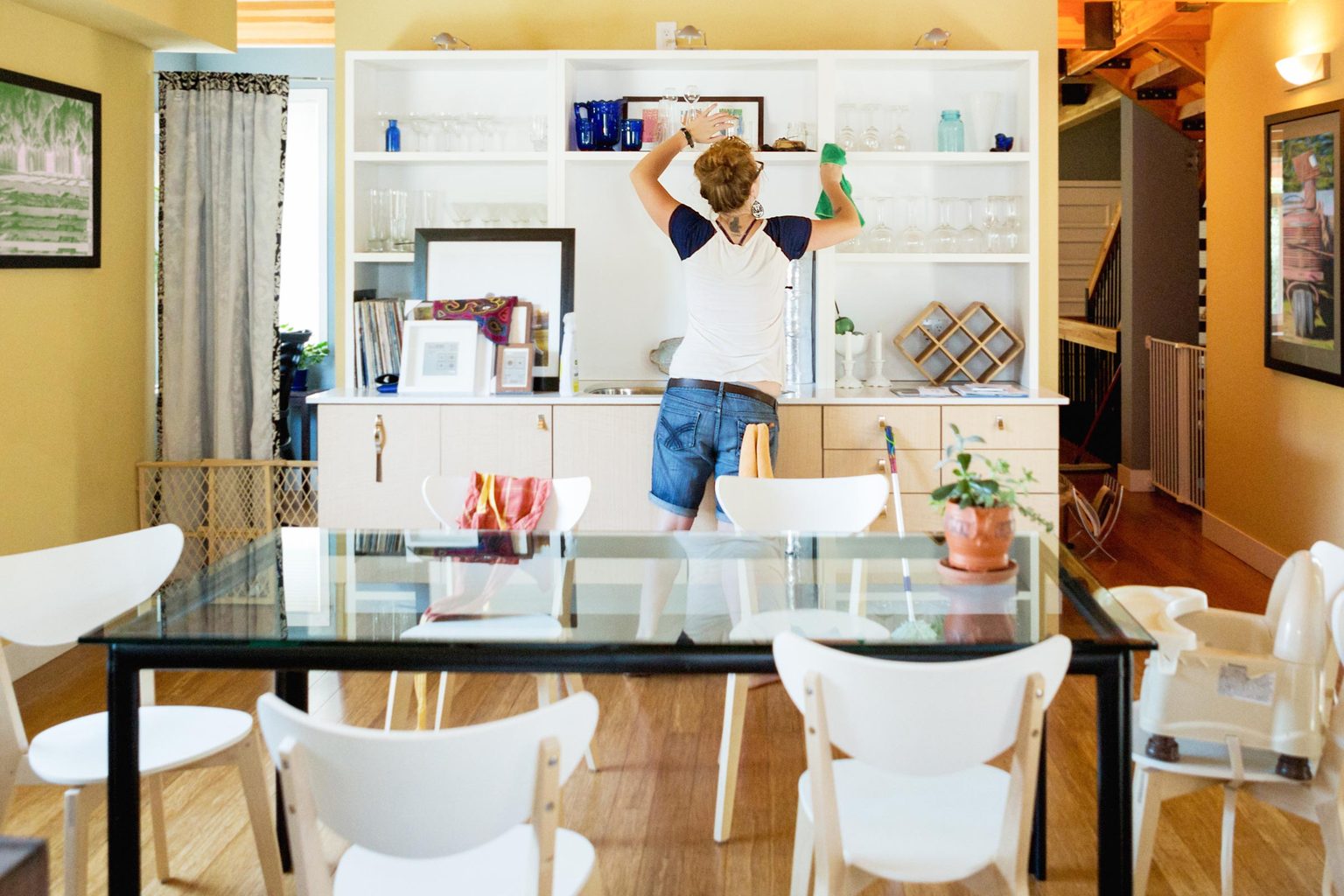

0 thoughts on “How To Arrange Dining Room”